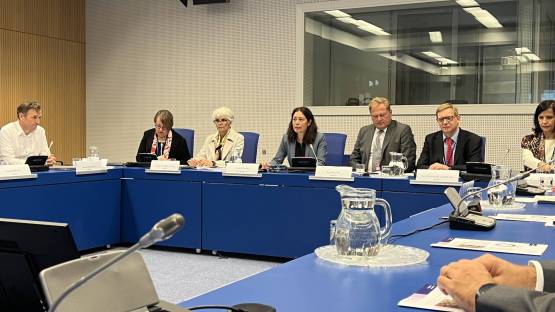Since 2017 the IAEA in cooperation with the Food and Agriculture Organization of the United Nations (FAO) and the World Health Organization (WHO), has been working on a project to provide science-based international guidance to national authorities for managing radiation doses in food. This work has culminated in a harmonized guidance for assessing and managing exposures from radioactivity in food in non-emergency situations, presented at an event on the sidelines of the IAEA’s 66th General Conference last month.
“The criteria for controlling public exposure to radiation in food was primarily focused on nuclear or radiological emergencies. With the important collaboration with the FAO and WHO and the two new publications recently issued, the IAEA Safety Report Nº 114 and IAEA-TECDOC-2011, practical guidance is now available on managing radionuclides in food in non- emergency situations,” said Lydie Evrard, IAEA Deputy Director General and Head of the Department of Nuclear Safety and Security, in her opening remarks.
The event was organised to provide countries attending this year’s IAEA General Conference with information on the different approaches to assessing and managing exposures from radionuclides in food during non-emergency situations. Radiation exposure from the consumption of food in such situations is required to be managed through the establishment, and use, of reference levels, and needs to take into account both natural and human-made radionuclides.




